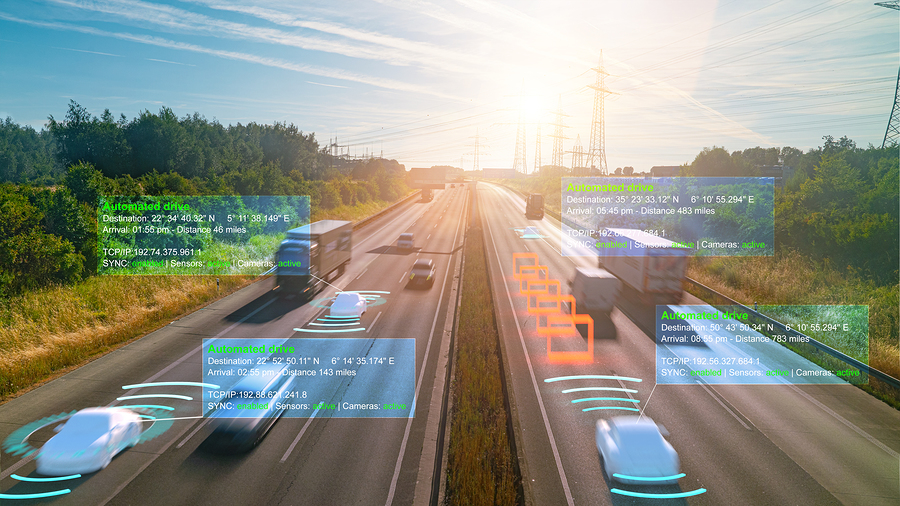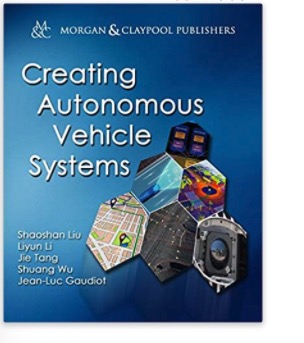Recent Posts
Webinar On Developing Custom Navigation, Localization And Attitude Applications For Autonomous Vehicles, Drones, Robotics
Posted by on
Aceinna and WPG Americas offer a webinar for developers of autonomous vehicle navigation products with CAN Bus interfaces. The webinar will take place on April 23, 2020, at 01:00 PM Eastern Time (US and Canada).
The central topic will be about the use of Aceinna’s open-source IMUs (inertial measurement units) for developing guidance solutions for autonomous cars, construction, and agriculture equipment, robots, delivery robots, etc. One attendee will receive a free Openimu development kit at the end of the webinar.
Starting with an overview of the software, hardware trends, and navigation solutions, the webinar will introduce the Aceinna Openimu and open source development platform for developing custom navigation, localization, and attitude applications for autonomous vehicles, drones, robotics, and other applications. The combination of open-source hardware and software allows customers the development and optimization of the code running in the IMU for their application using free Microsoft Visual Studio code IDE and the free Aceinna Extension to MS VS code.
Aceinna is a provider of sensing solutions for automotive, industrial, telecom, data center and cloud infrastructure, consumer appliances, agricultural and construction markets. WPG Americas is a worldwide distributor of semiconductors, passive, electro-mechanical, and display products.
Sign up for the webinar here...
This book is the first technical overview of autonomous vehicles written for a general computing and engineering audience. The authors share their practical experiences of creating autonomous vehicle systems. These systems are complex, consisting of three major sub-systems:
- Algorithms for localization, perception, and planning and control;
- Client systems, such as the robotics operating system and hardware platform;
- The cloud platform, which includes data storage, simulation, high-definition (HD) mapping, and deep learning model training.
The algorithm sub-system extracts meaningful information from raw sensor data to understand its environment and make decisions about its actions. The client sub-system integrates these algorithms to meet real-time and reliability requirements. The cloud platform provides offline computing and storage capabilities for autonomous vehicles. Using the cloud platform, we can test new algorithms and update the HD map-plus, train better recognition, tracking, and decision models.
This book consists of nine chapters. Chapter 1 provides an overview of autonomous vehicle systems; Chapter 2 focuses on localization technologies; Chapter 3 discusses traditional techniques used for perception; Chapter 4 discusses deep learning-based techniques for perception; Chapter 5 introduces the planning and control sub-system, especially prediction and routing technologies; Chapter 6 focuses on motion planning and feedback control of the planning and control sub-system; Chapter 7 introduces reinforcement learning-based planning and control; Chapter 8 delves into the details of client systems design, and Chapter 9 provides the details of cloud platforms for autonomous driving.
This book is useful to students, researchers, and practitioners alike. Whether you are an undergraduate or a graduate student interested in autonomous driving, you will find herein a comprehensive overview of the whole autonomous vehicle technology stack. If you are an autonomous driving practitioner, the many practical techniques introduced in this book will be of interest to you. Researchers will also find plenty of references for an efficient, more profound exploration of the various technologies.
 Loading... Please wait...
Loading... Please wait...


